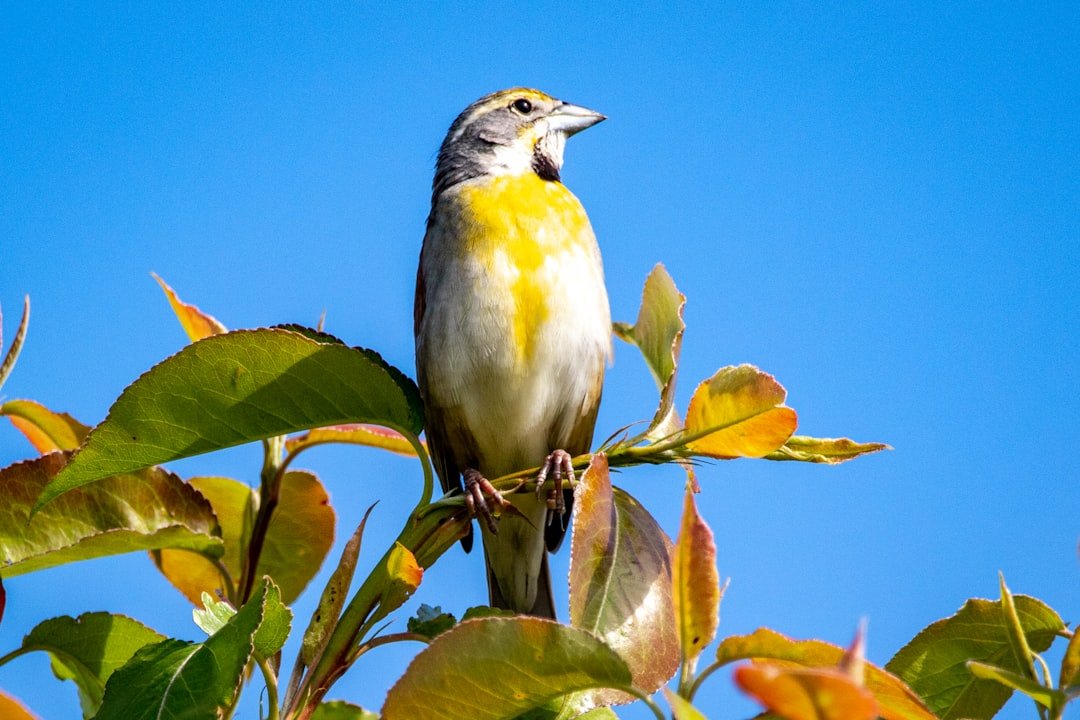🔊 Monitoring Biodiversity Through Sound 🐦
Photo by Joshua J. Cotten on Unsplash
Summary:
AI-assisted Passive Acoustic Monitoring uses sound recording units to collect and analyse bioacoustic data from an environment. This data is then processed using AI to identify which species made the sounds and from which actionable insights can be made regarding the status and trends of biodiversity in a particular ecosystem.
The Problem(s)
1. Global Biodiversity Crisis
The WWF's 2024 Living Planet Report stated that the world has experienced an average 73% drop in mammal, bird, fish, reptile, and amphibian populations between 1970 - 2020.
More specifically, the UK is struggling with a crisis in its bird populations. In 2022 the UK farmland bird index was 60% below its 1970 value. A major reason for this rapid change is the effects of farmland management.
3. Limitations to Existing Land Surveying Techniques
Land Surveying Practices typically offer only a snapshot in time and are additionally limited by the cost and availability of hiring and deploying field surveyors.
The Scape
Imagine that in the not-so-distant future, a network of sound recording units up and down the UK will serve as part of the architecture of the UK’s biodiversity monitoring efforts. In particular, the UK’s bird population.
These units have been designed with simplicity and quality in mind, owing to their usability for both professional ecologists and citizen scientists. A fact reflected in the wide variety of locations in which they are found, from big grant-supported restoration projects to personal projects.
These devices act as the first essential stage of the passive acoustic monitoring process. After the appropriate configurations have been made for each device according to their particular site, soundscapes of the surrounding bird sounds are recorded 24/7 for weeks, and in some cases even months. Devices are placed strategically at least 250 metres apart to avoid double counting.
Once uploaded, AI processes these audio files and identifies which species have made what sounds. Typically, an hour of audio can be processed in just 20 seconds, with multiple files able to be processed in parallel. Probability ratings are assigned to potential species matches (e.g. 96% certainty for red kite) with such analysis improving with the ever-increasing bioacoustic data collection.
The final stage consists of analytic tools to make sense of and understand the large datasets recorded and processed. These include a breakdown of the number of species and the amount of each. A built-in verification process for the software helps avoid false positives.
In the case of bigger sites, this method works alongside traditional ecological surveys to create a more holistic approach to biodiversity measurement in which the unique strengths of each complement one another.
Communities can now better monitor their wildlife populations, often leading to increased awareness and funding for their protection.
For instance, a UK woodland has been using this technology coming up to 5 years now, developing incredibly detailed analytics and trends of the bird populations over those years. The robin population has become of particular interest to the local university’s ecology department. Much of the research stems from the bioacoustic data recorded both in this woodland and in the UK more generally. This increase in bioacoustic data from all over the UK, along with developments in Machine Learning, have played big roles in the development of this research.
Finally, neighbouring primary schools are starting to take their students to spend time in the woods and learn about these sounds and the importance of bird populations. The process of actually listening to the woods has now become part of any young scientist’s journey.
Downstream Value Creation
Improved Species Monitoring
The standout benefit is the improvement in biodiversity monitoring. Passive acoustic monitoring combined with AI provides an efficiency previously unreachable with exclusively traditional surveying techniques. When this method is combined with these traditional forms of surveying, one can typically detect 20-30% more species.
Democratised Technology
The simple and easy-to-use design allows for non-professionals to use and understand. A wave of citizen scientists emerge as a result, all looking to better monitor and protect their local wildlife and ecosystems.
Habitat Protection
This technology allows for biodiversity monitoring without significant human intervention, especially in cases where human intervention is logistically challenging.
For Digging Deeper…
Wilder Sensing - Inspiration for this week’s Scape
The inspiration for this week’s Scape. Wilder Sensing is pioneering a scalable, AI SaaS solution using passive acoustic monitoring to help provide high-quality data for biodiversity monitoring.
The value of bioacoustics on BBC Springwatch
A look at bioacoustic monitoring appearing on BBC’s Springwatch, it is well worth a watch!
Passive Acoustic Monitoring Research Paper
A research paper looking into the unique value passive acoustic monitoring brings to the practice of ecology.

